[am4show have='p8;p9;p11;p38;p72;p77;p92;' guest_error='Guest error message' user_error='User error message' ]
May 2024: Aviation & Aerospace Engineering
We'll take you from zero to soaring through the clouds with a certified flight instructor. Discover how aircraft are built to maneuver the skies! Test different sizes of wings, explore where to place the center of gravity, and learn how stability works. You'll also get to meet 787 Airline Captain Dave and Thunderbird Pilot Captain and more with this hands-on flying experience designed to get you inspired to take flight!
Week 32: Aeronautical Engineering & Aircraft Design
If you are curious how airplanes fly without flapping like a bird, how to read aircraft instruments and tell which runway to land on, what it’s like inside a real cockpit on a 747, and how hypersonic aircraft can go so fast without melting the wings off, then this is the class for you! You’ll learn the major components of aircraft, how to control aircraft in flight, what kinds of weather you can and can’t fly through, how engineers design new aircraft engines, and so much more. Did you know there’s a pilot shortage? A LOT of pilots are nearing retirement age, and it has a lot of folks concerned that we won’t have enough pilots in the future to take people and packages where they need to go!
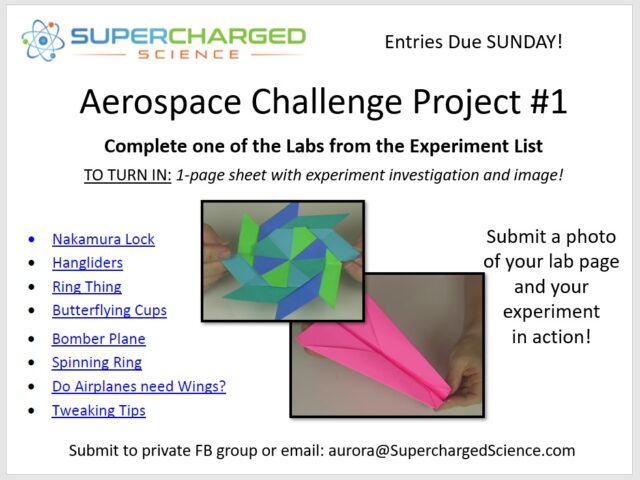
Week 33: Aviation: Navigation, Instruments, Avionics
We'll take you from zero to soaring through the clouds with a certified flight instructor. Discover the different flight instruments that pilots use to fly the airplane and make sure they reach their destination. You'll also get to meet airline captains, military pilots, and more with this hands-on set of flying sessions designed to get you inspired to take flight!
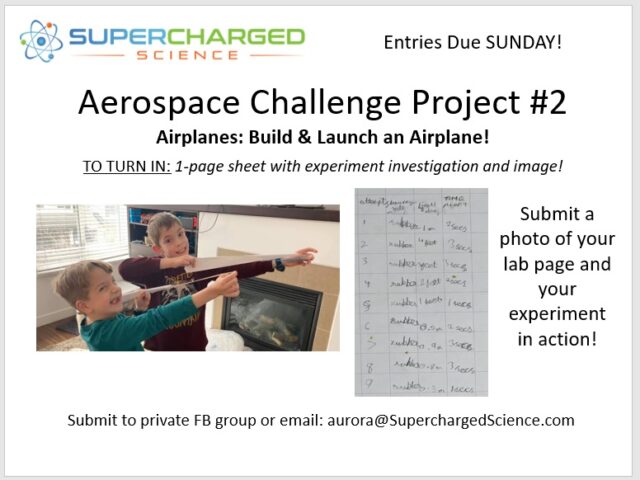
Making Your Own Science Lab Worksheet
How do you create a science lesson worksheet that really captures what you're trying to do with your lessons? When I taught mechanical engineering at Cal Poly state university, one of the big things that students struggled with was creating their own data tables, because they had relied on other people / textbooks / teachers to always provide them with a "worksheet" to go with their "lab".
This means that they never developed the ability to generate their own work. What's worse, they didn't really understand how to think like a scientist. And that's something you can start doing now, no matter how old/young your kids are!
There's really nothing magical about a science worksheet or data tables. You don't need a "printable" or anything fancy. These data tables and worksheets are actually just an expression of what naturally comes out of your science experiment. And the whole point to doing an experiment is to answer a question.
So we start with a question, and we make sure it's something we can design an experiment around it, so it has to be answerable with something that is measurable. The rest is really very easy!
The ideas in the video here are taken from my college-level lab reports that we had students turn in at the end of a standard three-hour experiment. This format has been adjusted to hone in on the essential things you must have to make it a real science lab data sheet.
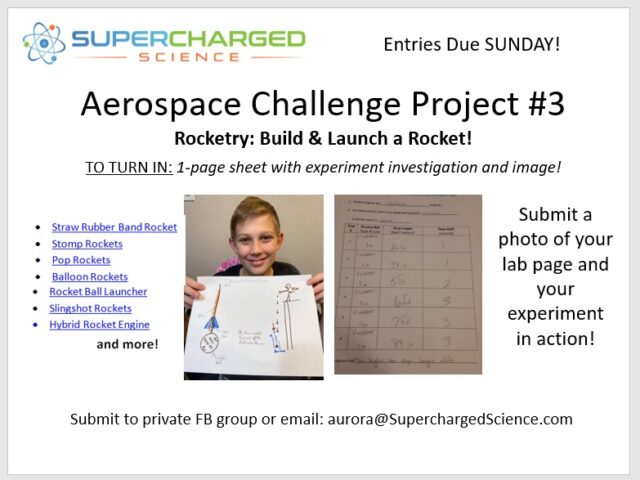
BONUS Aviation Field Trips
Meet 12 different experts in the field of aviation!
We’ve taken you from zero to soaring through the clouds with a certified flight instructor, discovered how aircraft are built to maneuver, and explored different kinds of power that aircraft use. Now it’s time to meet real pilots to inspire you to take flight! These are some of the best pilots in the world! Kids will learn about what these pilots do, as well as what it takes to become one. And for kids to see that if you are determined, ANYTHING is possible for you!
Field Trip with Velocity R: Pilots, Air Traffic Controllers, Dispatchers and more!
Pilot Interviews with Boeing 787 & US Air Force Thunderbird Captains
Special Bonus Interview with Southwest Captain Dave
We're going to meet Captain Dave (not the same Captain Dave we met previously) from Southwest Airlines, and learn about his journey which started in England and finished up here in the United States. He started at 14 years old flying in gliders, he's logged more than 26,000 hours in the pilot seat. Captain Dave has flown for over 30 years with America West Airlines, SkyWest Airlines, and Southwest Airlines.
Special Bonus Interview with Two Airline Pilots: Carrie & Lisa
Learn from two professional pilots, each with several decades of flying experience! Carrie (top left) has a military training background, flew for the Air Force, and now is captain of an Airbus 320. She also hires pilots for American Airlines! Lisa (top right) took the civilian route to complete her training after earning a biology degree in college, and is currently first officer in an internationally-flying Boeing 777 and has over 25 years with American Airlines. Let's listen in on what these two amazing women have to share on what it's really like to be a pilot, steps you can take today toward becoming a pilot, and the wisdom they to share with the next generation.
C-130 Military Pilot and American Airlines Captain Patricia Northrup
BONUS! Airplane Party Ideas
If you love the idea of building your own aircraft, then try this fun idea out! You'll find four separate challenges, Station 4 was an "airplane obstacle course" with hula hoops, jump ropes, laundry baskets... you get the idea. For most of it, we used simple materials like paper, pencils, markers, tape, scissors, hot glue, string, paperclips, tacks... things that are easy to find around the house.
For exact building directions for Station 3 (Make a Propeller), please refer to Week 34: Airplane Design recording Part 2 (above) near the end. You will need a small hobby motor, wires, and a digital meter. Be sure your digital multimeter is on the right range for voltage (or you will only see "0.00" on your meter). You will probably generate less than 1 volt using this testing technique, so set it to the milliamp setting to get numbers to show up when you spin the motor shaft.
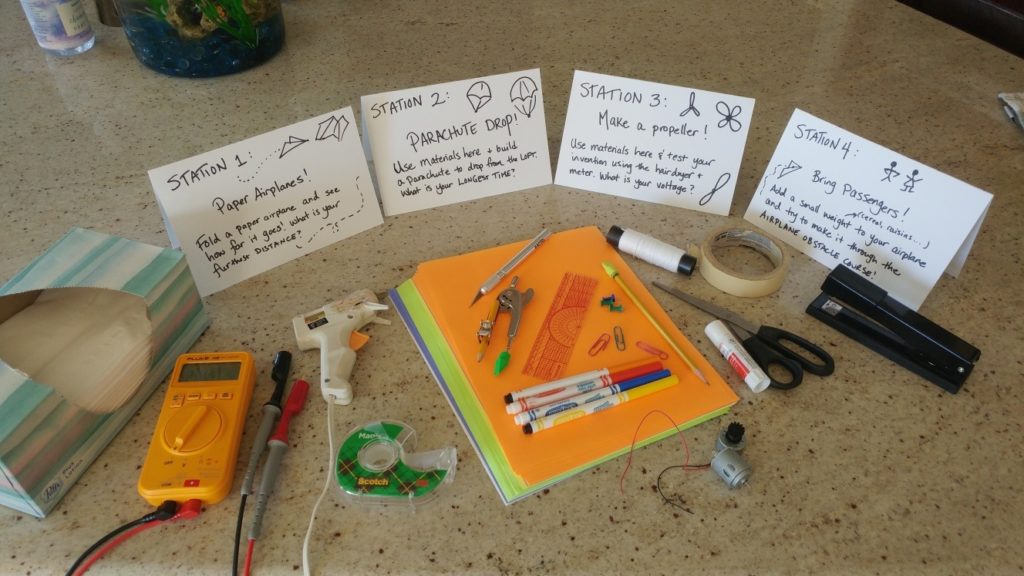
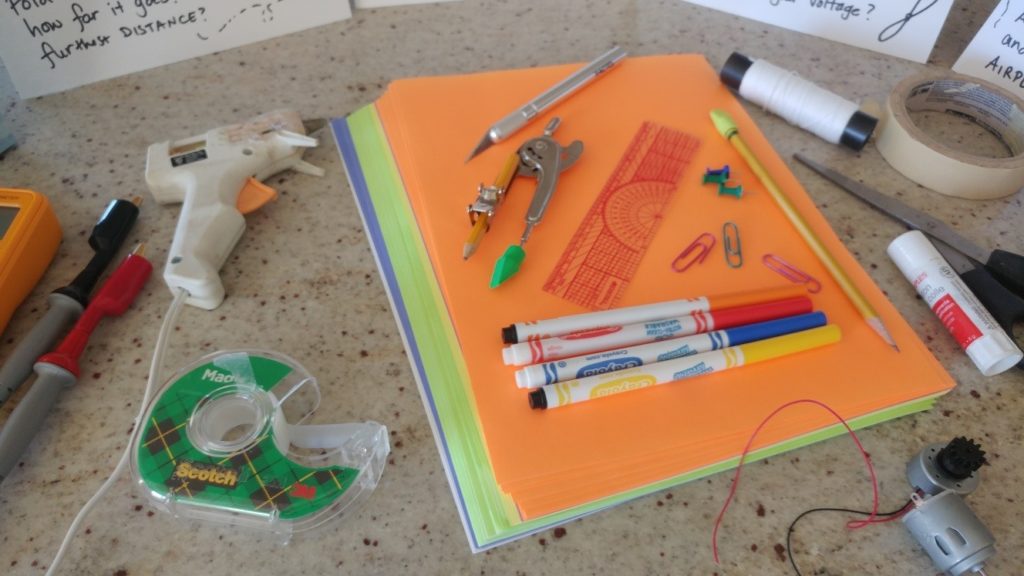

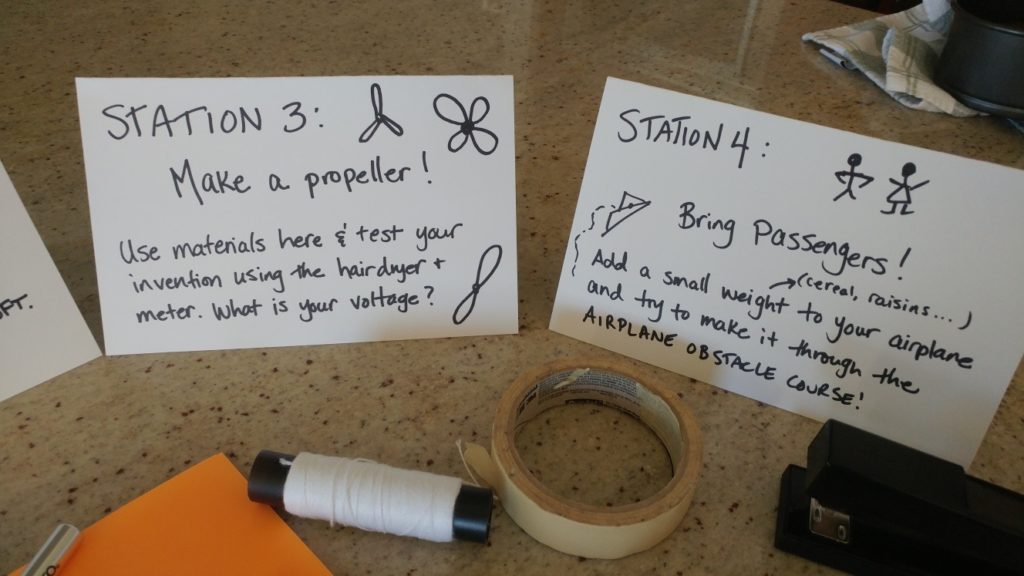
[/am4show]
